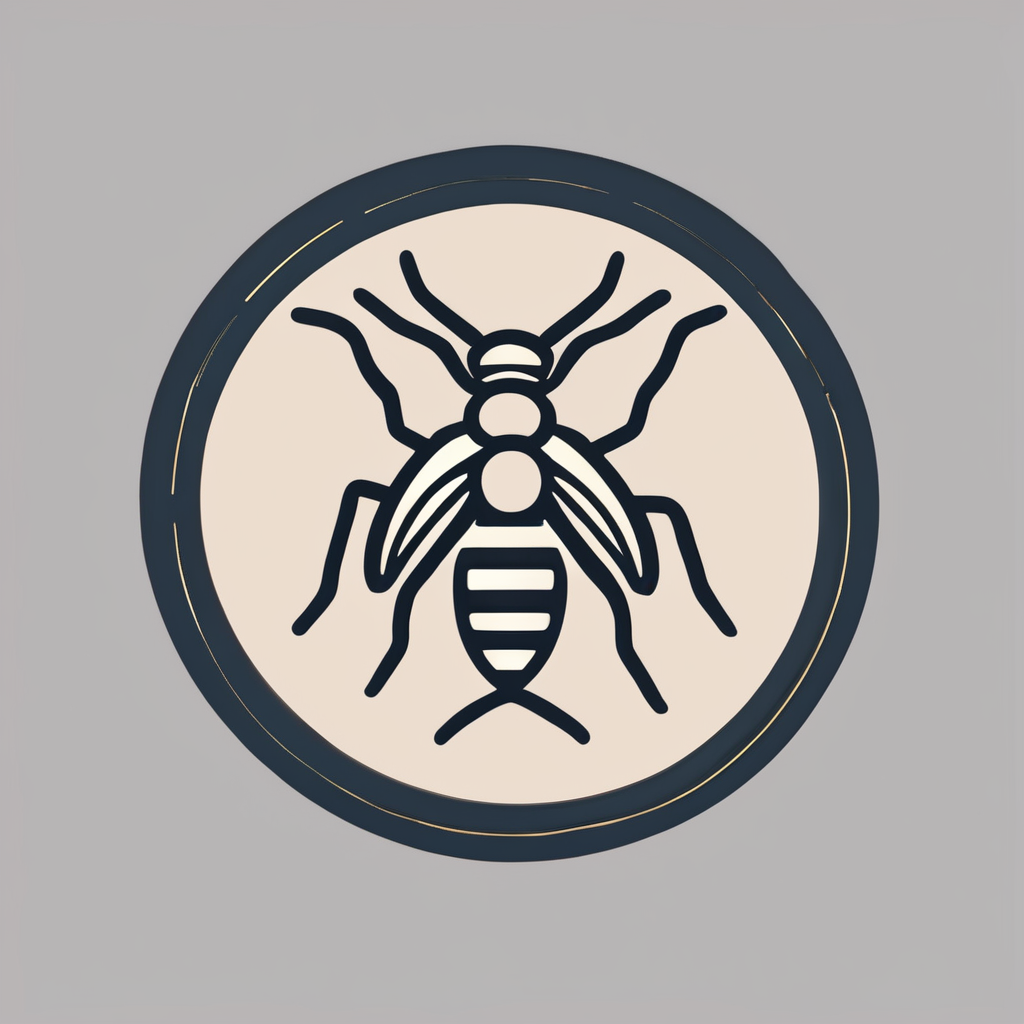Understanding Chronic Idiopathic Urticaria
Chronic Idiopathic Urticaria (CIU) is characterised by persistent hives without a known cause, often presenting a challenging situation for those affected. This skin condition manifests as itchy, red welts, exacerbating physical discomfort and emotional distress. Individuals with CIU often experience a range of symptoms, including swelling, itching, and occasionally pain, which can severely impact daily life.
The exact causes of CIU remain elusive, as the word “idiopathic” suggests an unknown origin. However, certain triggers have been observed to exacerbate symptoms. Diet can play a substantial role in managing CIU, with various foods potentially acting as triggers. For instance, histamine-rich items like aged cheese, fermented products, and cured meats may provoke a reaction in susceptible individuals.
Have you seen this : Transform Your Diverticulitis Care: The Power of a High-Fiber Diet Unveiled
Understanding the relationship between diet and CIU can aid in better management of this condition. By identifying personal triggers and adapting dietary habits, individuals can often find relief. It’s important to approach changes methodically, preferably under the guidance of a healthcare professional, to ensure a balanced diet while reducing the risk of flair-ups.
Key Dietary Changes for Management
Understanding the role of dietary tweaks is crucial in managing Chronic Idiopathic Urticaria effectively. While there’s no one-size-fits-all approach, certain management strategies have shown promise.
Topic to read : Empowering Teen Asthma Management: Unlocking the Benefits of Mobile Health Apps
Anti-Inflammatory Foods
Incorporating an anti-inflammatory diet can significantly mitigate symptoms. Foods such as salmon, berries, and leafy greens are rich in antioxidants and omega-3 fatty acids, which are known to reduce inflammation. Scientific studies indicate that these foods may help decrease the frequency and severity of urticaria outbreaks by lowering histamine levels and improving skin health.
Elimination of Common Triggers
Removing histamine-rich foods like aged cheese and fermented products from your diet can prevent flare-ups. The elimination diet involves cutting out potential triggers and reintroducing them gradually to identify specific reactions. Successful case studies have shown marked improvements in symptoms following the elimination of common dietary triggers.
Incorporation of Probiotics
Gut health plays a pivotal role in managing CIU. Probiotic-rich foods, such as yogurt and kefir, support the digestive system’s balance, potentially aiding in symptom reduction. Research links probiotics to improved skin health, indicating a positive impact on urticaria by fostering a healthier immune response.
Implementing Dietary Tweaks
Making informed dietary changes can significantly aid in managing Chronic Idiopathic Urticaria. Start with practical meal planning strategies that accommodate your specific needs. Focus on foods that are less likely to trigger symptoms, such as fresh fruits and vegetables, whole grains, and lean proteins. It’s crucial to prioritize foods that promote overall health while minimising triggers.
When selecting food items, always read labels carefully to identify hidden culprits like additives or preservatives that might exacerbate symptoms. Ingredients such as artificial colourings or flavourings can often be overlooked but play a role in triggering hives.
Gradual implementation of these dietary changes is recommended. Start by slowly incorporating one change at a time to monitor your body’s response efficiently. This approach also helps prevent overwhelming your digestion with too many new elements at once.
Developing a robust meal plan not only aids in eliminating symptoms but also ensures nutritional balance. By remaining vigilant and methodical, one can adapt their diet successfully for better management of CIU, discovering a more stable and comfortable daily routine.
Monitoring and Adjusting Diet
Symptom tracking is vital for effectively managing Chronic Idiopathic Urticaria (CIU) through dietary changes. By keeping a detailed diary of symptoms and dietary intake, individuals can identify specific food-related triggers over time. This information is crucial for assessing how dietary adjustments impact hives and other related symptoms.
To systematically evaluate the success of these changes, consider introducing changes incrementally and observe responses. Many sufferers find it beneficial to maintain a symptom log alongside their food diary, noting the severity and frequency of reactions. This method helps pinpoint any correlations between dietary choices and symptom changes.
Evaluating progress requires patience and often involves ongoing dietary adjustments. If improvements are slow or symptoms persist, it might be necessary to refine the diet further. Professionals such as dietitians or allergists can provide guidance tailored to individual needs, offering a professional eye for more profound insights.
In some cases, despite diligent tracking and adjustments, professional guidance becomes necessary. Consulting healthcare providers ensures that nutritional needs are met while troubleshooting elusive triggers. Regularly revisiting dietary plans with a professional cultivates an adaptable approach to CIU management, enhancing a patient’s quality of life.
Real-Life Experiences
Real-world experiences offer invaluable insights into managing Chronic Idiopathic Urticaria through dietary changes. Personal stories highlight the triumphs and challenges of individuals navigating this condition.
Case Studies and Testimonials
Consider Anna, who shares that incorporating anti-inflammatory foods such as fish and berries significantly reduced her symptoms. Her approach, mirroring scientific findings on the benefits of such diets, led to fewer flare-ups and improved overall skin health.
Mark, another case, found relief by eliminating common triggers like artificial preservatives. With discipline, he followed an elimination diet, which involved systematically removing and reintroducing foods to pinpoint specific triggers. His journey reflects the potential impact of dietary tweaks when carefully executed.
Both Anna and Mark underscore the necessity of a tailored approach, taking into account individual symptoms and triggers. The cornerstone of their success was consistent symptom tracking and adjusting their plans accordingly.
Community forums and support networks further bolster these efforts, providing a platform for sharing experiences and gleaning insights from others who have walked the same path. Engaging with these resources can offer added encouragement and refine dietary management strategies in dealing with CIU.
